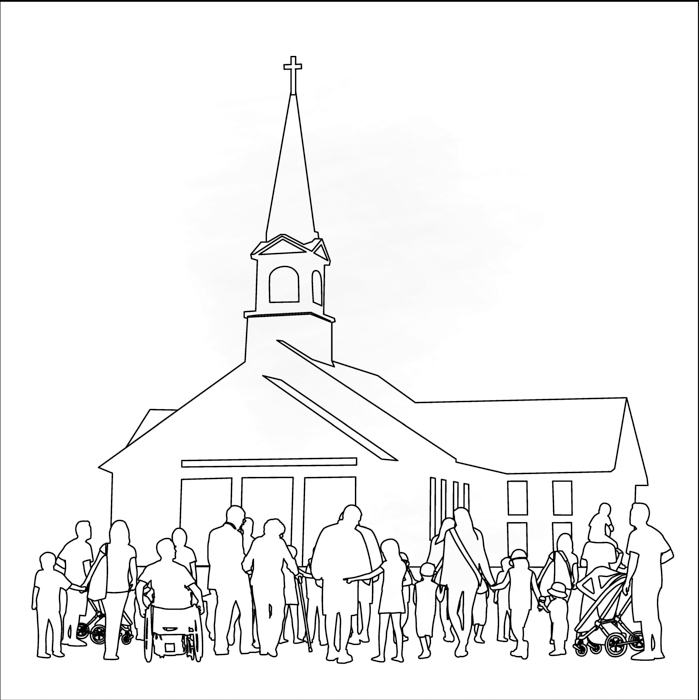Fast Facts: Near Neighbors

Churches of the Nazarene tend to be larger when there are additional Churches of the Nazarene nearby. In all community sizes, churches with at least one other church within five miles targeting the same cultural group tend to be larger than churches without such near neighbors.
Virtually all Churches of the Nazarene in the USA/Canada region have been geo-coded to their actual street addresses. This allows the Research Services office to determine the population around the church and to determine how many additional Churches of the Nazarene are close by. Such information can be cross-referenced with the major cultural group identification of each church and with statistics such as average worship attendance.
Research Services has identified eleven community types based upon population within concentric circles around specific sites. This population can range from fewer than five thousand people within five miles (Rural) to areas with at least 250 thousand people within five miles (Major Urban Core). Further distinctions indicate whether the population immediately surrounds the location or is at a distance.
The presence of at least one additional Church of the Nazarene within five miles that is targeting the same cultural group affects the average church size in every community type.
The USA/Canada Regional Office has identified the major cultural group within each local church. Overall, about one-third of the region’s churches are within five miles of another Church of the Nazarene with the same major cultural group. Overall, the average worship attendance of churches with such “near neighbors” is about 121, compared to 83 for churches without such neighbors.
In rural areas, less than one-in-ten churches have near neighbors; in major urban cores, more than half have them. In rural areas, the church without a near neighbor averages 51 in worship; the church with a near neighbor averages 53. In the four most densely settled communities, the difference varies by up to 35 worshippers each week. In small towns, the difference is even greater.

*Similar churches are those identified by USA/Canada Regional Office as composed of the same primary cultural group.
Statisticians often want to compare more than just the average sizes. In the case of neighboring churches, this may be especially appropriate. One possible explanation for an increased average is that when several churches are close to each other, one of them grows disproportionately at the expense of any others. That is, one possible explanation for a higher average is that one church has attracted many attendees from its neighbors, effectively growing large while the others shrink. If this were true, the median size would decrease even though the average went up.
This is not the case for Churches of the Nazarene in the USA/Canada Region.

*Similar churches are those identified by USA/Canada Regional Office as composed of the same primary cultural group.
In only one of the community types did the median size go down with near neighbors. The typical increase exceeded ten percent, with the regional increase above thirty percent.
When comparing Table 1 and Table 2, the increases in average size tended to be larger than the increases for medians. This supports an earlier study finding that larger churches tend to have similar churches within five miles.
Clustering churches appears to have a positive effect on worship attendance, even when similar churches are as close as one mile to each other. The increases in median size among clustered churches indicates that most of those churches benefit from such proximity. The even larger increase in average attendance indicates that clustering makes it more likely for very large churches to emerge.
This study replicates and reaffirms findings from twenty-five years ago, and is able to add additional dimensions, such as predominant culture of the churches.
Dale Jones, Research Services
Holiness Today, Nov/Dec 2018
Please note: This article was originally published in 2018. All facts, figures, and titles were accurate to the best of our knowledge at that time but may have since changed.




